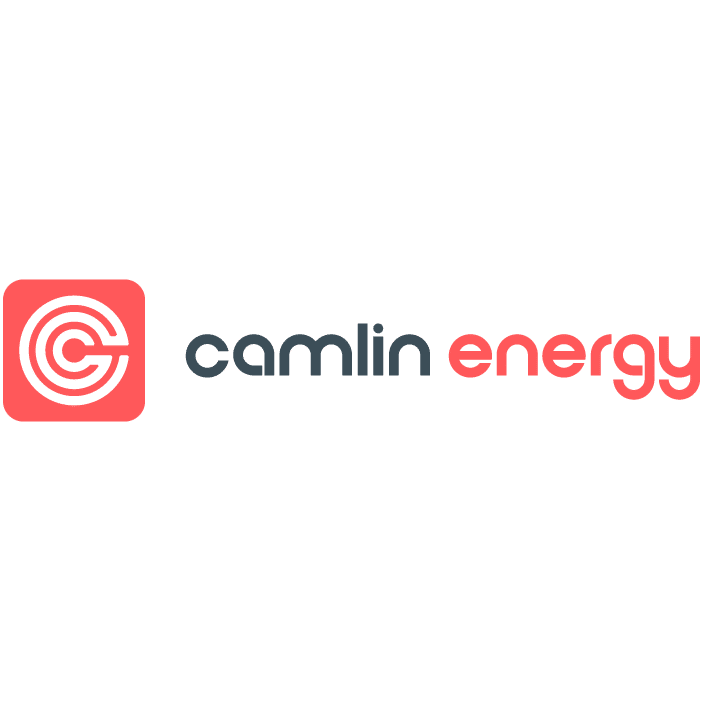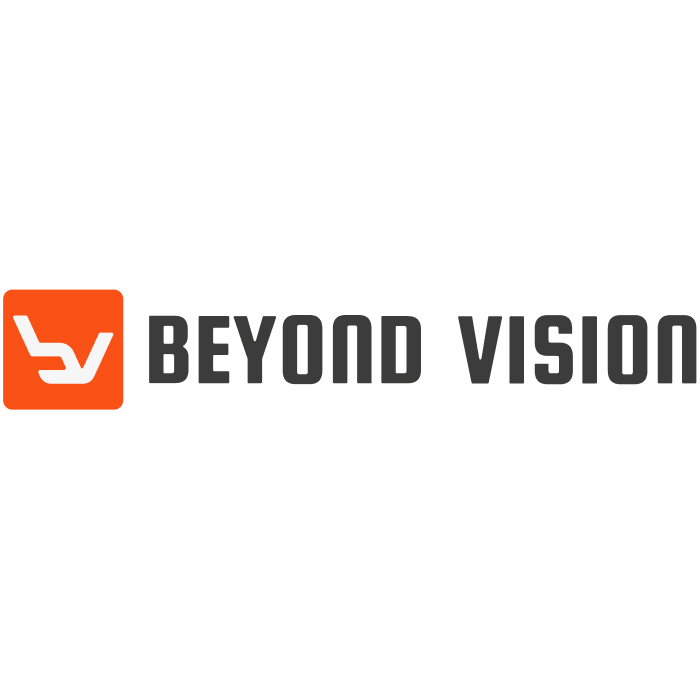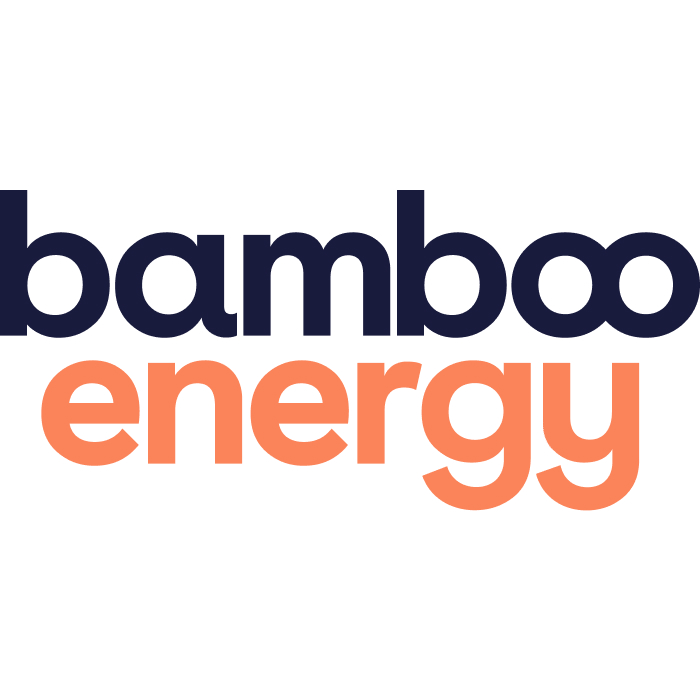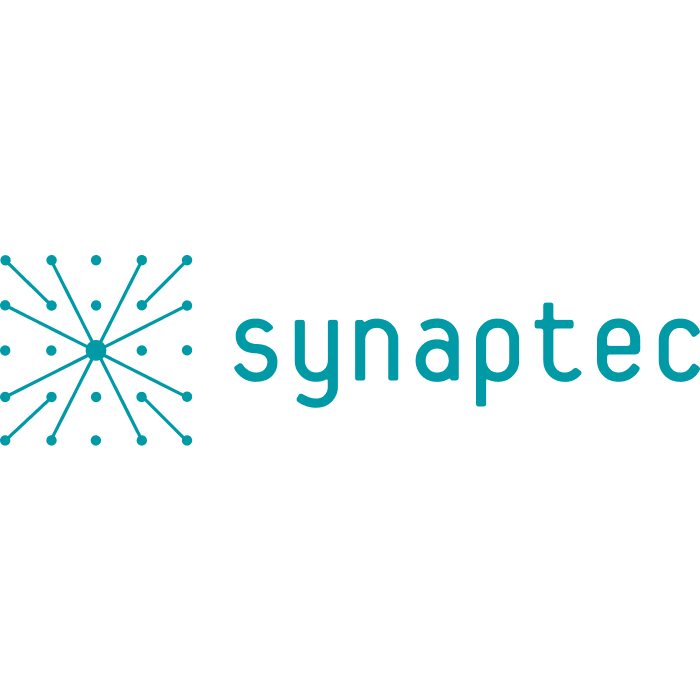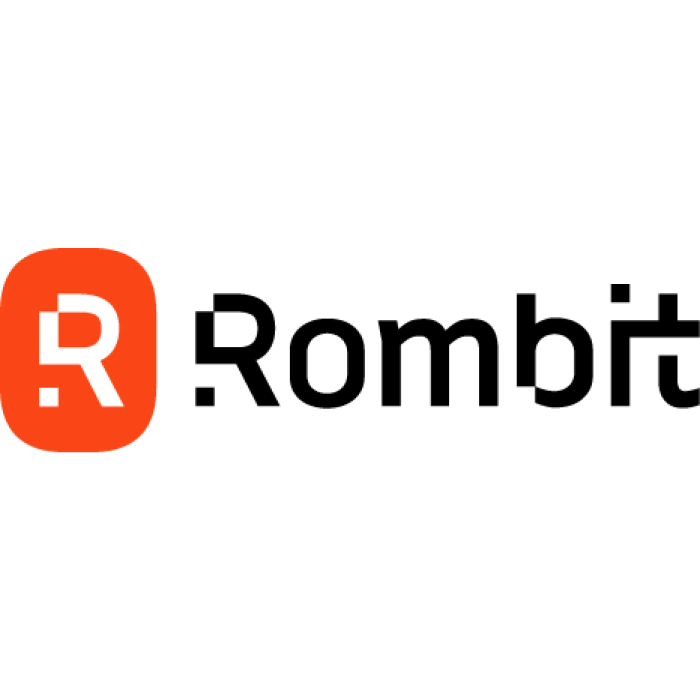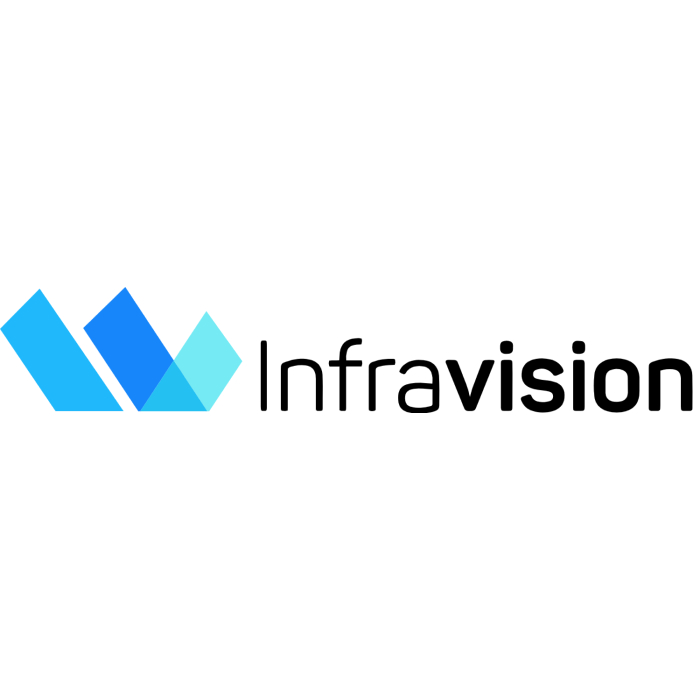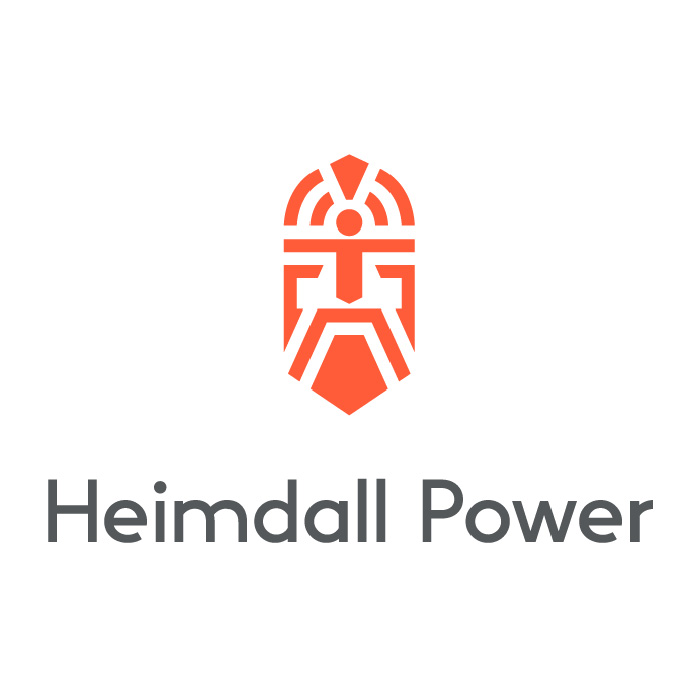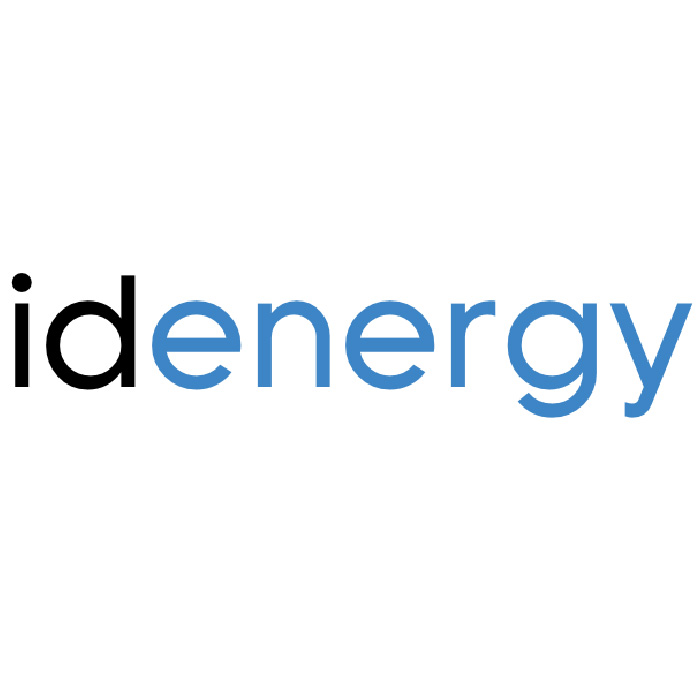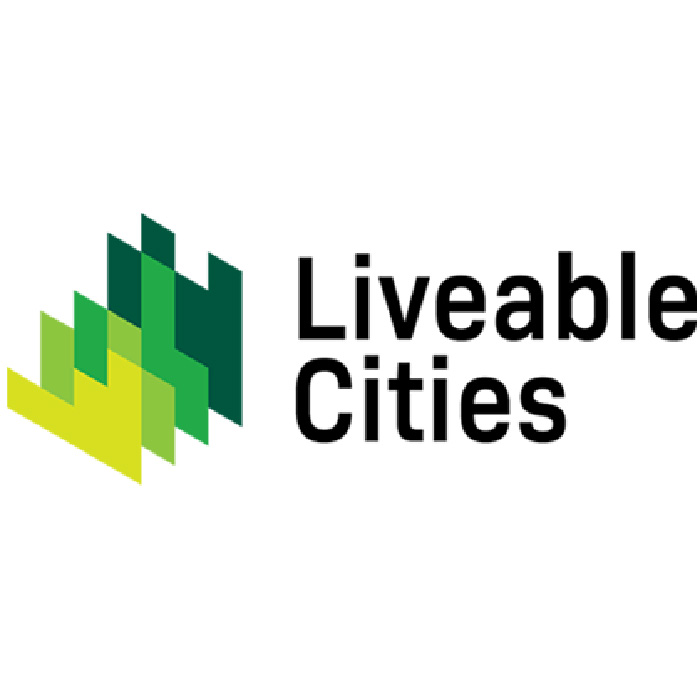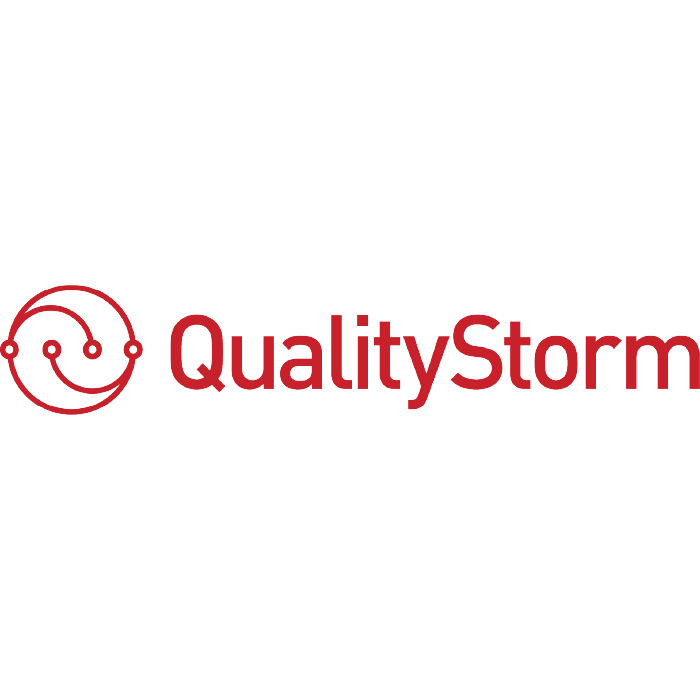Future Grids
Pre-register
Be the first to know when applications are open.
Submit your contact details so we can send you any updates about this Track!
Program structure





Applications
January 10th – March 2nd
Global call for startups with solutions that address EDP’s innovation priorities and are ready to scale rapidly.

Online Pitch
March 25th – 26th
Showcase event for startups to present their solutions to key EDP decision-makers, ensure fit with innovation priorities.

Bootcamp & Open Day
Immersive in-person event designed to accelerate the development of long-term partnerships.

Pilot and Scale
Collaborative journey to refine, validate, and implement the proposed collaborations.
Partnering with EDP
Innovation is at the heart of EDP’s strategy, with the purpose to accelerate new impactful businesses and promote fast adoption of innovative solutions to lead the energy transition. By working with EDP, startups will gain a global energy leader as an innovation partner, with presence on multiple continents and a proven track record in developing and implementing groundbreaking technologies.
EDP operates in 28 markets, with strategic hubs in Europe, Asia, North America, and South America. It has a total installed capacity of 29 GW worldwide, a distribution network of 387.000 km, and over 9 million retail customers. This ranks it as one of Europe’s largest energy players.
A proven track record in open innovation programs since 2016:
Challenges & solutions
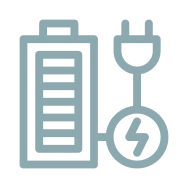
Optimize Grid Capacity
Increase the existing grid capacity and identify its real limits, enabling the network to operate closer to its maximum potential.
Examples: new distribution cabling solutions, DC solutions, solid state-based components, and solutions to dynamically define the capacity of existing Lines.

Streamline Grid Deployment
Accelerate the construction of underground and overhead lines as well as substations while minimizing impact on the environment and reducing labor requirements.
Examples: equipment for deploying and stringing cables, automating construction and maintenance processes, and modular substations.

Improve Grid Monitoring and Control
Enhance voltage regulation, LV-phase balancing, smart meter data analysis, and cost-effective sensing to improve grid operations and maintenance.
Examples: commercial losses forecast systems, tools to leverage flexibility, and predictive vegetation monitoring.

Increase Safety in Field Activities
Increase safety for field teams and the community during grid construction, maintenance, and operation.
Examples: devices and wearables to improve safety for field workers and to assist with heavy lifting and repetitive tasks.

Minimize Grid Environmental Impact
Minimize the environmental impact of existing and new network assets, both in installation and maintenance.
Examples: decrease the use of SF6 gas, recycling/circular economy initiatives, and minimizing the impact of grid activities on the biodiversity
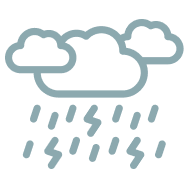
Increase Grid Resilience to Extreme Events
Anticipate and manage extreme weather events more effectively to ensure that the grid remains resilient and operational during adverse conditions.
Examples: meteorological data methodologies to optimize grid management during extreme weather events.
What’s in it for startups:
Foster an innovation partnership to scale alongside a global energy leader.

Fast-track business opportunities with EDP across 28 markets.
Engage directly with decision-makers and end-users from EDP’s business units.

Access EDP’s assets, data, and partners through paid pilots.

Access funding opportunities with EDP Ventures, the venture capital arm of EDP.

Retain full ownership of your equity and intellectual property, with no exclusivity obligations.
Covered travel expenses and minimal time commitment required.
In a nutshell
1. What is the deadline for applying?
The Future Grid Track will be open until March 2nd 2025.
2. What information do I need to provide in my application?
3. What does the Energy Starter consist of?
4. What type of solutions are you looking for?
Streamline Grid Deployment: Examples include equipment for deploying and stringing cables, automating construction and maintenance processes, and modular substations.
Improve Grid Monitoring and Control: Examples include commercial losses forecast systems, tools to leverage flexibility, and predictive vegetation monitoring.
Increase Safety in Field Activities: Examples include devices and wearables to improve safety for field workers and to assist with heavy lifting and repetitive tasks.
Minimize Grid Environmental Impact: Examples include decreasing the use of SF6 gas, recycling/circular economy initiatives, and minimizing the impact of grid activities on biodiversity.
Increase Grid Resilience to Extreme Events: Examples include meteorological data methodologies to optimize grid management during extreme weather events.

